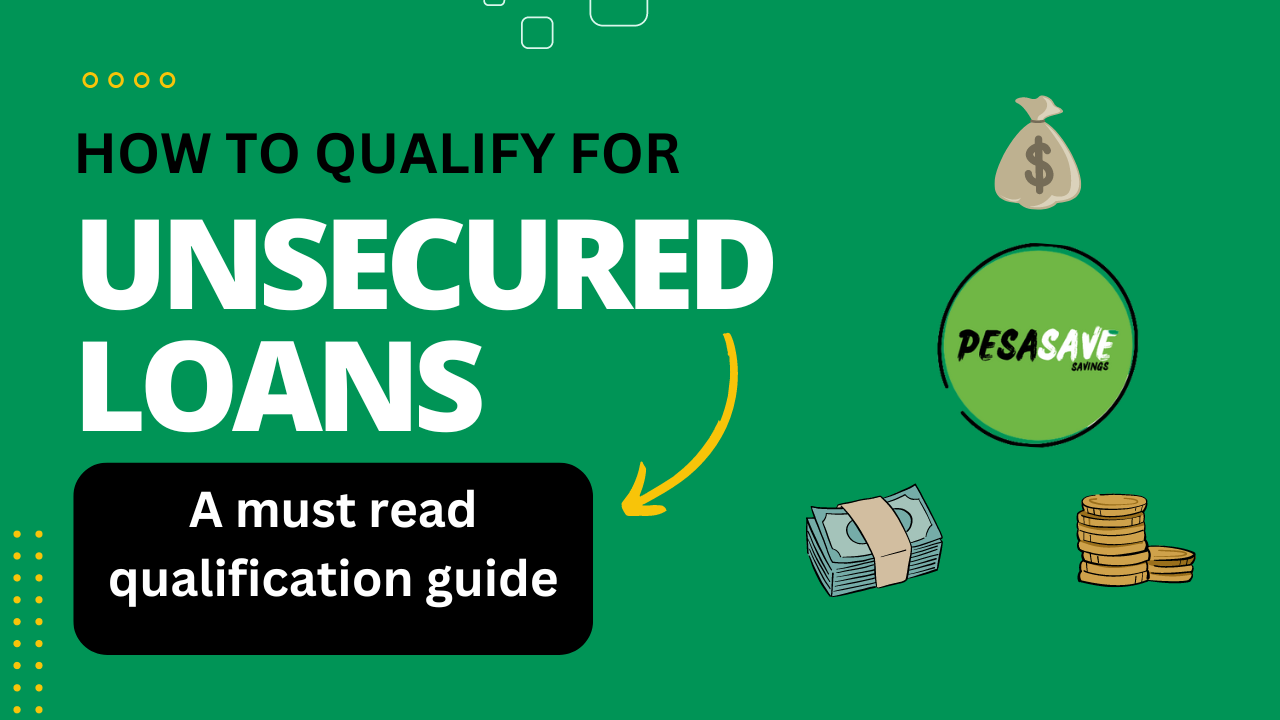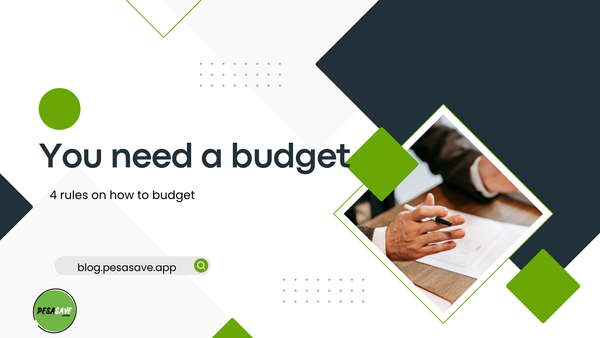How to qualify for an unsecured loan!

Unlocking Unsecured Loans: Qualification Guide
Unsecured loans are a popular financing option for people who need funds but don't have assets to offer as collateral. They are more flexible and accessible than secured loans because they don't require collateral. However, you must meet certain criteria to qualify for an unsecured loan. In Uganda, loan apps and small microfinance institutions such as Unifi, BayPort, and PesaSave provide most of these loans. They are also provided through group savings. Let's explore how you can position yourself to qualify for these unsecured loans.
Understand Your Credit Score
Credit scores play a significant role in determining eligibility for unsecured loans. It's a numerical representation of your creditworthiness, based on your credit history from all your borrowing activity. Different lenders use this score to assess the risk of lending to you. Typically, a higher credit score increases your chances of approval for an unsecured loan.

There are licensed credit bureaus in Uganda like CreditInfo and Metropol that generate these credit scores and some organizations build their own credit scoring mechanism.
Obtain a copy of your credit report from credit bureaus and review it carefully. Look for any errors and address them promptly. If your score is low, work towards improving it by reducing outstanding debts on time.
Evaluate Your Income and Employment Stability
Lenders want to ensure that you have a stable income to repay the loan. They often look at your employment history and income stability. A steady job with a reliable income stream can boost your chances of qualifying for an unsecured loan. Again, banks and microfinance institutions like Unifi offer salaried loans based on employee income.
Ensure you have a steady job or a stable source of income. Gather documents such as pay stubs or tax returns to demonstrate your income stability.
Manage Your Debt-to-Income Ratio
The debt-to-income (DTI) ratio is a measure of your debt payments compared to your income. Lenders use this ratio to assess your ability to manage additional debt. A lower DTI ratio indicates that you have more room in your budget to take on new debt.
Calculate your DTI ratio by dividing your total monthly debt payments by your gross monthly income, then multiply the result by 100 to get a percentage. Aim to keep your DTI ratio below 36% to improve your chances of qualifying for an unsecured loan.
Research Lenders and Loan Options
Different lenders have varying eligibility criteria for unsecured loans. Banks, credit unions, online lenders, and peer-to-peer lending platforms all offer these loans, each with its requirements and terms.
Research various lenders and loan options to find the best fit for your financial situation. Compare interest rates, terms, and eligibility criteria. Look for lenders that specialize in unsecured loans and have flexible requirements. Look out for more articles we have written and those we are yet to write on this blog as we dive deeper into examples of some of these products that offer unsecured loans.
Consider a Co-Signer
If your credit score is less than ideal or if you have a limited credit history, consider asking a trusted family member or friend with good credit to co-sign the loan. A co-signer essentially guarantees the loan and can improve your chances of approval.
Approach potential co-signers and discuss your loan needs with them. Make sure they understand the responsibilities of co-signing a loan and are willing to help.
Conclusion
Qualifying for an unsecured loan requires careful attention to your credit score, income stability, debt management, and choice of lender. By understanding these key factors and taking proactive steps to strengthen your financial position, you can increase your chances of securing the funds you need without collateral. Remember to borrow responsibly and only take on debt that you can comfortably repay.
If you love more articles like this, please subscribe to our newsletter. We publish an article like this once weekly.




